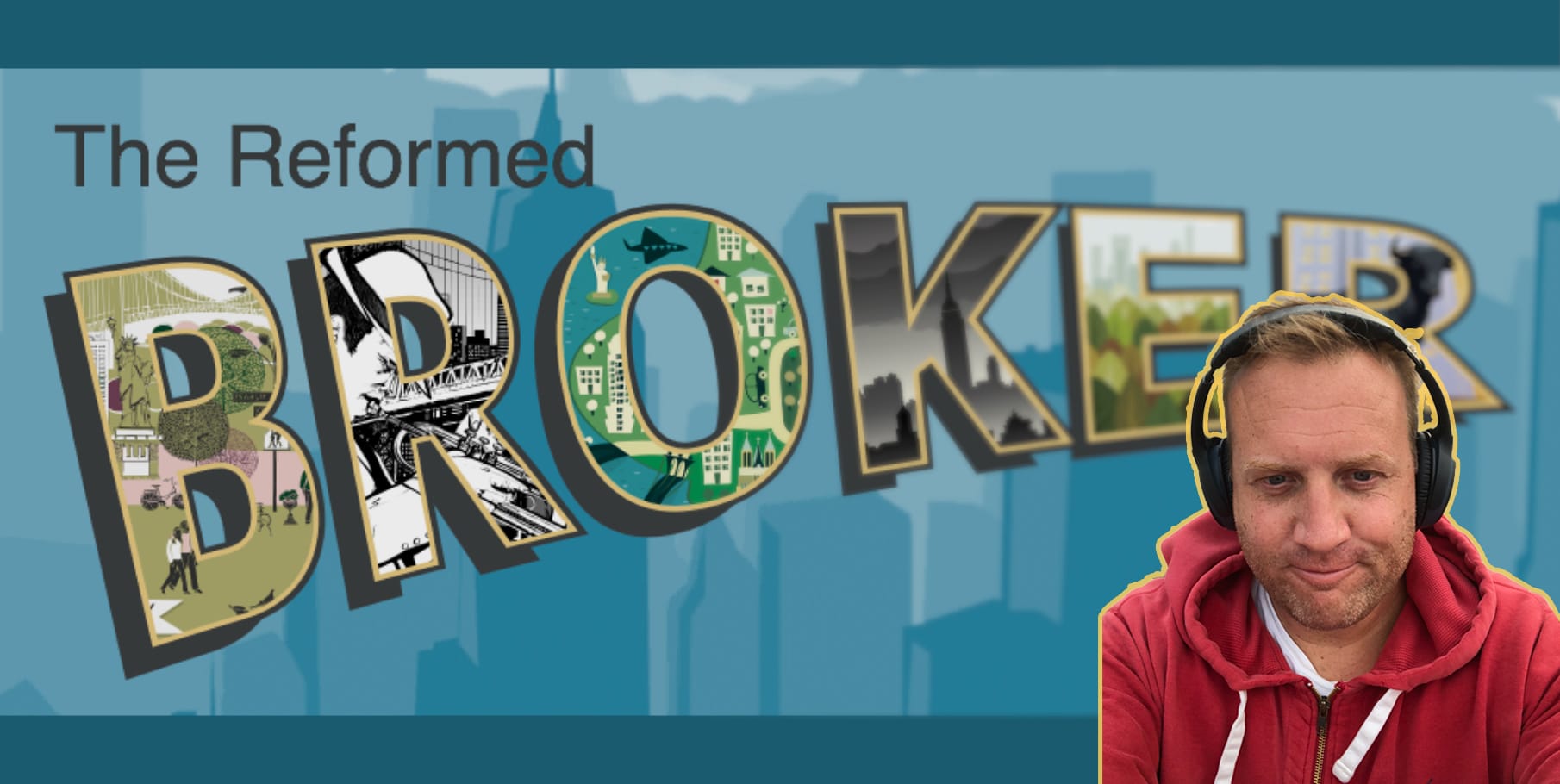I pay close attention to the language business leaders and economists use and pick up on shifts as they happen. By shift, I mean that very often you will see a word or phrase creep into the commentary of several people at the same time, almost as if they are all reading from the same pre-approved script. It’s not a conspiracy. This happens because we are social animals and all take take our cues from one another, even if subconsciously.
Two quarters ago, the consumer was “resilient” and last quarter the consumer was “hanging in there.” Now the consumer is “being careful.” You are hearing this everywhere.
The President of global commercial banking at BofA probably doesn’t hang out with the CFO of Proctor & Gamble. I doubt they play golf or go on family vacations together. And yet…
“So far, in April, it’s still early. It’s probably a little lower than it was for the month of March…the total spending year-over-year increases have slowed down. And I think that means it’s a precursor to the economy being a little bit slower than we’re seeing, and then frankly, consumers being more careful in the use of the cash.” – Bank of America ($BAC ) President of Global Commercial Banking Alastair Borthwick
“The other element we’re seeing is more careful usage. If you’re overall made aware of inflation in everyday media, every day, you look twice before you use another paper towel, et cetera.” – Procter & Gamble ($PG ) CFO Andre Schulten
Those quotes were pulled from conference calls by my friend Scott Krisiloff at The Transcript. You will hear this phrase elsewhere as earnings season continues.
The consumer rightly senses that there is a change underway in the labor market. They’re not poring over government surveys or economic data releases. They are talking to their friends and neighbors and coworkers. Stories about people quitting their jobs for immediate 20% increases in salaries are now in decline. They are being replaced by anecdotes about “so and so got laid off last week.” As these new stories enter the public consciousness, consumers internalize them and gradually alter their own behavior. This shows up, en masse, in the data and color that corporate officials come into contact with and then you see the shift in their language as they discuss the current environment.
Here’s Tony Dwyer at Cannacord Genuity summarizing this current environment to give context for all the carefulness:
-
The Employment Trends Index has never been this weak without signaling a recession. Although payrolls are considered a lagging indicator, since 1975, any initial 12-month rate-of-change drop in the Conference Board’s leading employment index to minus one or below has signaled a recession every time.
-
The weekly Continuing Jobless Claims ROC has never risen this much without signaling a recession – hat tip Mike Darda Roth/MKM. For the week ended April 7th, U.S. Continuing Payroll Claims saw a 52-week rate-of-change of 22%, and we found that any initial reading over 20 for the first time in a cycle has signaled recession every time. In order to remove the distortion of the forced Pandemic shutdown, our graph shows data from 1967-2019.
CFOs and CEOs utilize internal data and commentary from their direct reports to formulate these opinions. Consumers use stories and commentary from the people in their lives.
Regardless of the provenance of the information, everyone is arriving at the same conclusion. There may not be a recession on the immediate horizon, but for more and more people living and working in the real economy, it’s going to feel like there is.
Hence “the consumer is being careful” everywhere you look.


